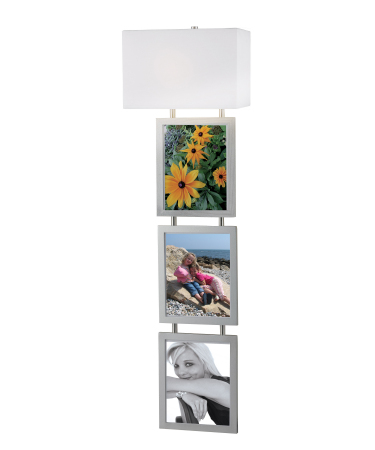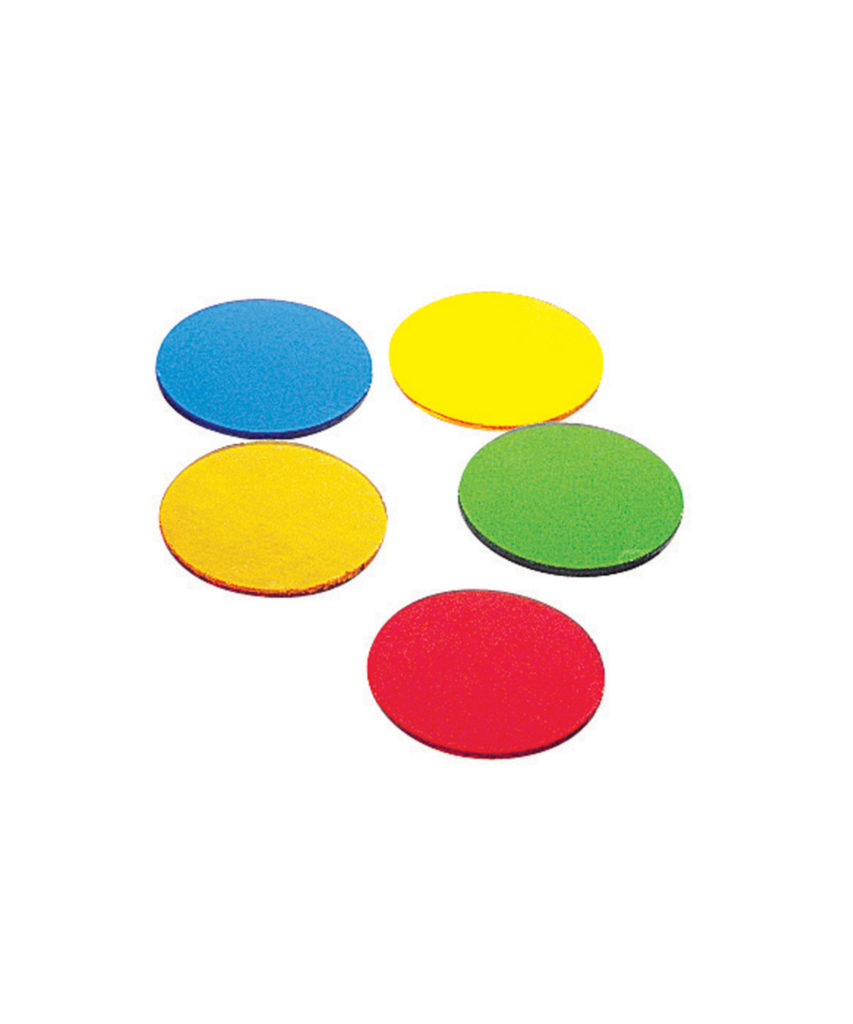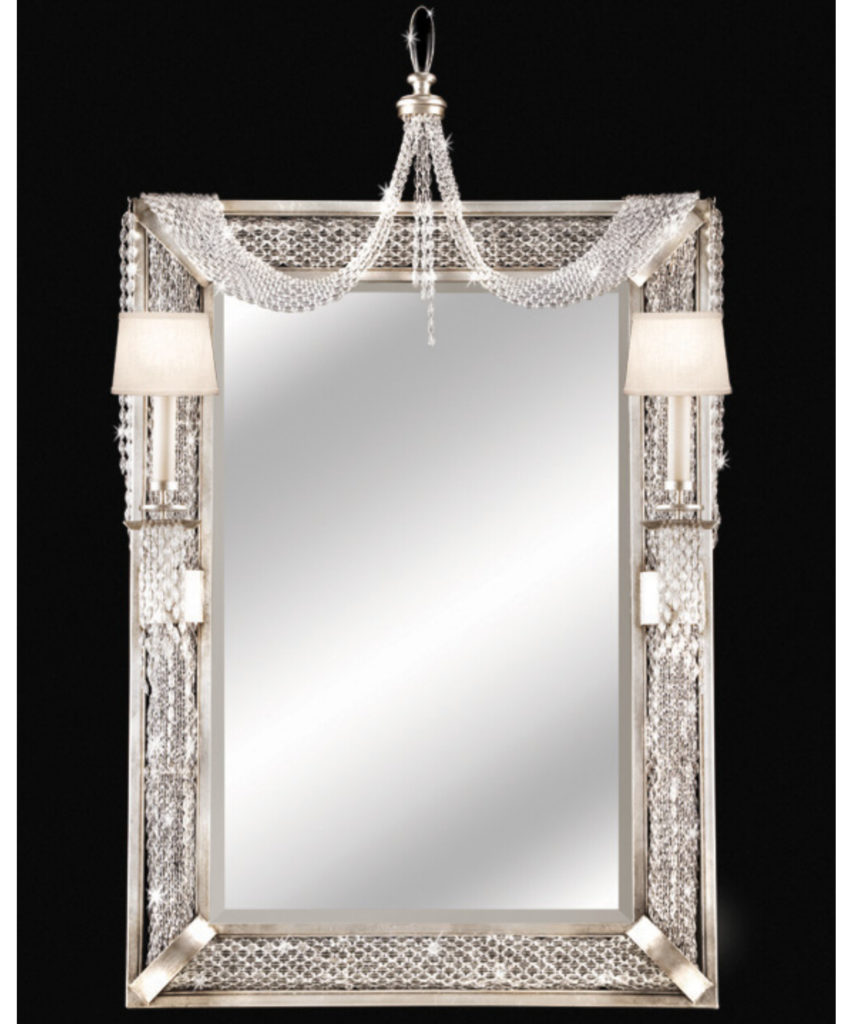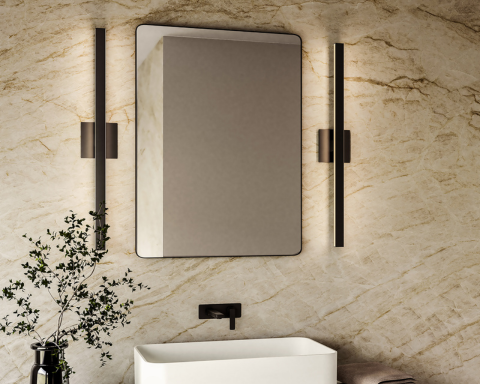Free Ground Shipping on Orders Over $49 Details & Exclusions Excludes Curb Side Delivery (LTL). Lower 48 United States Only.
Dec 8, 2013
How-to Showcase your Masterpieces
“There is one fundamental fact about light: Where there is no light; there is no beauty.”—Billy Baldwin/ Ruby Ross Wood*
There is an art to showcasing masterpieces and illuminating the beauty in your decor. Bring out the true colors, textures, decorative details and subtle nuances in your artistic compositions with the right light sources, accent light fixtures and picture lights.
How-to Showcase your Artwork and Masterpieces
Choosing the right light sources and positioning fixtures to illuminate your favorite pictures and artistic compositions involves careful planning, and certain key components are essential to finding the right light for each application. Whether you are illuminating a three-dimensional sculpture, an entire wall-mounted tapestry or a grouping of framed photographs, there are 5 key components to consider.
5 Key Components to Light Art Fully
1. Select the right light source—LED, halogen or fluorescent?
•LED (light-emitting diode) bulbs are excellent light sources for illuminating valuable paintings and original artwork, because they do not emit ultraviolet or infrared light that could cause fading or damage to fabrics and paintings.
LEDs are energy-efficient and versatile solid state luminaires (SSL), which provide bright focused illumination that may be manipulated and controlled with fitters and lenses. Although LED light bulbs are more expensive, they last much longer and operate much cooler than standard bulbs.
Be sure to look for good quality LED bulbs. The color rendering, color temperature and dimmability of LED bulbs is becoming more refined as technology advances and is incorporated into new LED light sources.
•Halogen light sources are ideal for bringing out the textures and colors in artwork and sculpture. Look for updated energy-efficient halogen bulbs.
•Fluorescent—May work nicely for black and white photographs. However, the quality of light in fluorescent fixtures is not ideal for paintings and sculpture, because there is a slight UV risk and the lack of shadow may limit your artistic lighting effects for 3-dimensional artwork and sculpture.
2. Choose the right filters—light filtures and lenses help to focus the illumination or create a wash of light according to your desired lighting effect.
Whether you need a narrow beam of light or a wide-angle wash of illumination, the right accessories will help create precisely the lighting effects you desire. From barn doors to diverse screen fitters, the options abound for creatively fashioning and directing light to enhance the elements of design in your artwork.
3. Choose the right light fixtures.
Picture lights and accent light fixtures are available in a myriad of finish options and light fixture designs, so choose a style to match that of your artwork—keep traditional with traditional; modern with modern. etc. Your light source should enhance, not distract from the visual focus of your artwork.
4. Consider colorful options.
The options for illuminating with spectacular lighting effects have never been more accessible. Color-changing LED lamps themselves are works of art, but they may also be used to highlight sculpture, decorative glass and crystal, as well as black and white photographs.
LED light sources are available in a myriad of colors.
5. Remember control.
Having separate controls and installing accent light fixtures on a separate system makes sense, since you may not choose to showcase your artwork on a daily basis. Having separate controls also allows you to illuminate original works of art individually for dramatic effect, especially when you are entertaining company.
Whether they are hand-held, wall-mounted or programmed into your smartphone, controls provide the utmost in convenience and energy-efficiency.
Keys to Dramatic Detailing and Artistic Excellence
◊The art of lighting a three dimensional object…
Lighting from above showcases Antonio Canova’s exquisite marble nude sculpture on display at Villa Carlotta, Tremezzo, Italy. The brilliant use of light brings out the intricate details and the true textures and feel of human flesh that Canova was famous for depicting.
Three-dimensional objects, such as sculpture, often look best lighted from one side, in front and above. However, precise lighting adjustments must be made individually for each piece. Truly the light is in the eye of the beholder, and whether you choose to light from in front, uplight from below and/or above your 3-dimensional piece will depend upon your personal preference for the features you wish to accent.
You may have to play with the illumination—using a portable lamp or flashlight to see where you want the light to shine in order to bring out the best features in your artwork. Set a wide beam accent light fixture directly in front of sculpture that does not have a lot of variation in texture and dimension; choose a narrower beam from above to call attention to a specific feature in a multi-faceted piece.
◊ The art of highlighting paintings and wall art….
Illuminating objects on a wall or lighting a textured wall or vertical surface itself requires precision. You may opt for picture lights, ceiling and wall-mounted accent light fixtures or portable uplights, but correct placement is key to displaying your artwork in the best light.
LED and halogen picture lightsIn general, LED or halogen picture lights should be about half the length of the picture itself. Picture lights may be adjustable and installed on the wall or ceiling or be frame-mounted directly to your artwork, but—whatever light you choose—be sure to measure accordingly so that a flattering beam spread of light will showcase the face of the painting in all its remarkable detail.
*If you are deciding between two size options, always go with the lamp that will present a slightly wider beam spread than needed to avoid cutting off a crucial element in your masterpiece or limiting the design elements and significant features in your artwork.
Highlighting with track, rail or recessed ceiling fixtures:
When lighting a small to medium size picture, have the lighting reach the picture at an angle of about 30 degrees from the vertical. Lighting placed much further from the wall may cause disturbing reflections on the picture; lighting placed much closer may cause unwanted shadows cast by the frame. Usually, one fixture is required for each object being illuminated.
•Measure the distance from the ceiling to the center of the object and mount fixtures at the location that will give the 30-degree angle. For example: If the measurement from ceiling to the center of the object is 2 feet, mount the ceiling fixture 13 inches from the wall; If the distance is 3 feet, mount the ceiling fixture 20 inches from the wall.
•Adjust for ceiling height: For 8-foot ceilings, generally fixtures should be mounted 2 feet from the wall; For 9-11 foot ceilings, accent light fixtures should generally be installed about 3 to 4 feet away from the wall.
It is best to illuminate a group of smaller pictures by lighting the surface as a whole rather than by lighting the pictures individually. Use the same spacing from the wall as for a single picture; for balanced illumination, the space between units should not be more than twice that from the wall. Using a spread lens or beam elongation will provide lighting for multiple units.
A bit about mirrors—beyond their usefulness as tools with which we may study our appearance, mirrors dramatically enhance our environment. Although seen as a necessity in bathrooms and powder rooms, decorative mirrors beautify, brighten and expand indoor living space. Even in a living room, the decorative appeal and vibrant energy of a few well-placed mirrors provides an added dimension.
For most mirrors, lighting should be soft and shielded.
◊ The art of preserving what you have…
Choosing the right light sources and positioning light fixtures accordingly is not an exact science; a bit of trial and error will help you to position fixtures with precision for optimal lighting effects.
Many accent light fixtures, LED light sources, and picture lights are adjustable so as you update or relocate artwork, you may alter the illumination easily.
To view the latest LED light sources, accent light fixtures and picture lights or to receive more information on how-to light your artwork, visit with a professional lighting consultant at a Capitol Lighting showroom or contact 1800lighting.com.
*http://www.interiordesignquotes.com/billy-baldwin.html














